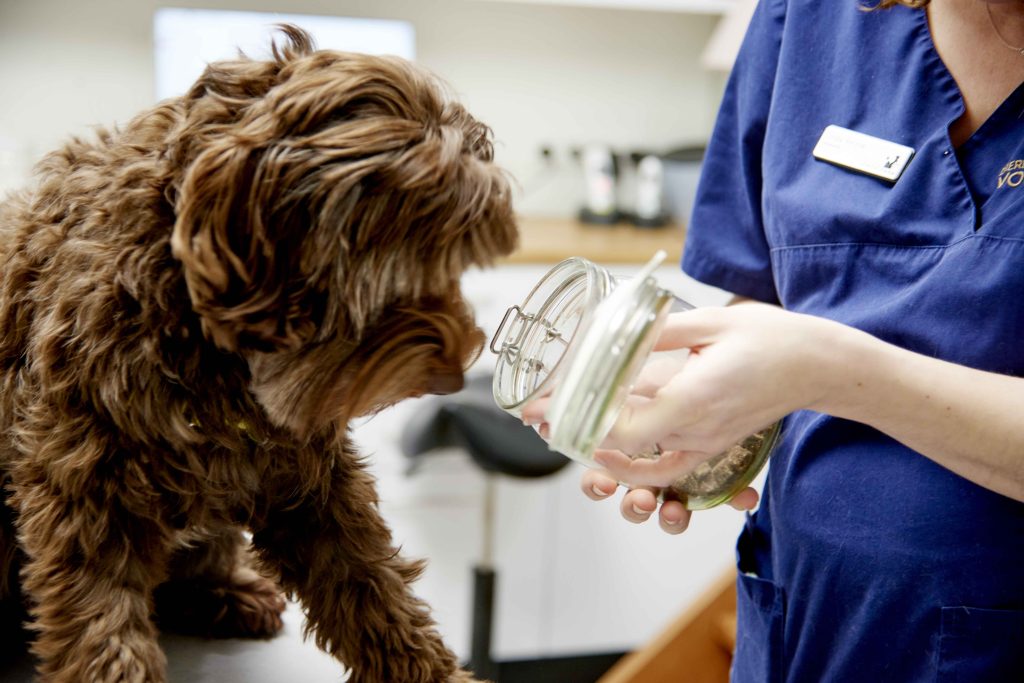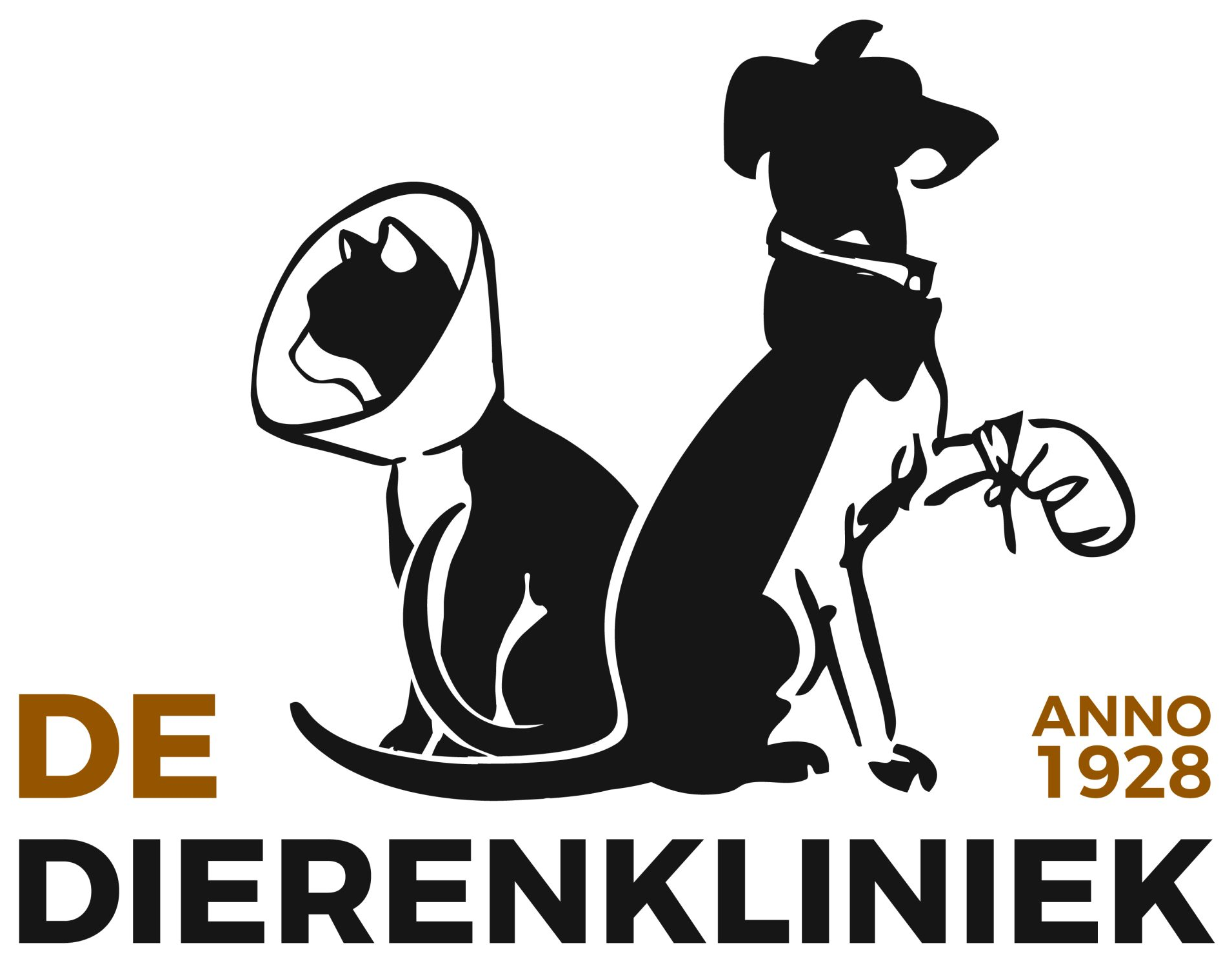In the Netherlands, preventable animal diseases crop up regularly. This is partly because puppies (imported from abroad) are often carriers of contagious animal diseases. Many of these diseases are preventable with vaccination, but unfortunately the vaccination coverage of pets in the Netherlands is too low to build up group immunity. We urge pet owners to get their dogs, cats and rabbits vaccinated to prevent unnecessary suffering.
From contagious animal diseases such as Parvo and Cat Disease, animals can become seriously ill, and sometimes even die. Pathogens can spread through the air, moisture droplets, faeces, (in)direct contact and stinging insects. Although effective vaccines against these diseases are available, vaccination coverage in the Netherlands is far too low. Only 55% of dogs, 25% of cats and 16% of all rabbits are vaccinated. If too few animals are protected by vaccination, viruses and bacteria can spread quickly. Vaccination coverage must be 70% on average to achieve group immunity.
The purpose of vaccination
The purpose of vaccinating is to trigger a body’s own immune system response. In other words, to produce, among other things, antibodies. A vaccine always contains a (part of the) pathogen, but it is either dead or severely weakened, so the body makes an immune response, but does not get sick from it. In fact, a field infection triggers the same immune response, however, it can potentially cause illness.
The body has roughly (and simplistically explained) 2 types of immune responses. The first is the so-called non-specific immune response. This is first on the scene when the body is attacked by a pathogen. This response does not care who the pathogen is, as long as it is stopped so that no disease develops. After signalling and attacking the pathogen, the body gets the chance to initiate a second response: This is the so-called specific immune response. The specific immune response then makes it personal. Each pathogen is treated and remembered separately. This means that if the pathogen dares to enter the body again, it can immediately be stopped faster and with more force.
In other words, if the specific immune response has already stored the pathogen once, this naturally provides much ‘better’ protection. But how do we get the body to memorise the pathogens, so to speak?
This can be done in adult animals by going through the infection (with or without signs of disease) and/or by vaccination.
Group protection
We want to prevent very dangerous (animal) diseases or diseases infectious to humans with all our might. We vaccinate against these kinds of diseases. Not only to ensure that the individual animal has enough immunity, but also to build up group protection. The more animals in a population are protected, the less chance a pathogen has to cause disease in a population. And so, in some cases, vaccination of pets also helps protect public health (e.g. in the case of Weil’s disease).
Zoonosis
Weil disease and rabies are a zoonosis and transmissible from animals to humans. Rabies does not currently occur in pet animals in the Netherlands and therefore vaccination for it is not necessary. However, it is good to be alert whether a dog coming from abroad has been vaccinated against it.
Titer determination
If you want to vaccinate your pet to measure, or have doubts about the protection of a puppy from abroad, you can also opt for a titer test. In that case, a blood test is done, determining the amount of antibodies in the blood. Only if there are too few antibodies will a vaccination be needed. Pet owners can get information from their vet on whether titration suits their specific situation.
Symptoms and consequences of preventable diseases
Dog
– Parvo: fever, water-thin and/or bloody diarrhoea, vomiting, dehydration and death.
– Canine distemper: cough, nasal discharge, gastrointestinal symptoms, nervous signs and death. – Hepatitis or HCC (liver disease): fever, enlarged lymph nodes near the jaw, gastrointestinal symptoms, haemorrhage and death.
– Weil’s disease (leptospirosis): no appetite, vomiting, diarrhoea, jaundice, kidney failure and death.
Cat
– Feline distemper (feline parvovirus): fever, bloody diarrhoea, vomiting, nervous signs and death, sometimes without symptoms. Feline distemper leads to high mortality in kittens.
– Sneezing disease: sneezing, painful sores in the mouth, pneumonia, no appetite, corneal inflammation (chronic), snotty nose and (rarely) death.
Rabbit
– Myxomatosis: bumps in the skin and mucous membranes, pneumonia, eyes closing, blindness, no appetite and death.
– RHD1 and RHD2: fever, no appetite, internal bleeding and acute death.
Side effects
The side effects of vaccination are often mild, because the pathogens in the vaccine have been greatly attenuated or killed, or are sometimes present in small portions in the vaccine. Vaccinated animals may still contract an infection, but the disease symptoms are generally less severe or even completely absent.
Want to know more?
If you would like more detailed information about vaccinating your pet, please refer to vaccination dog or vaccination cat. Of course, you can always contact us with other questions.



